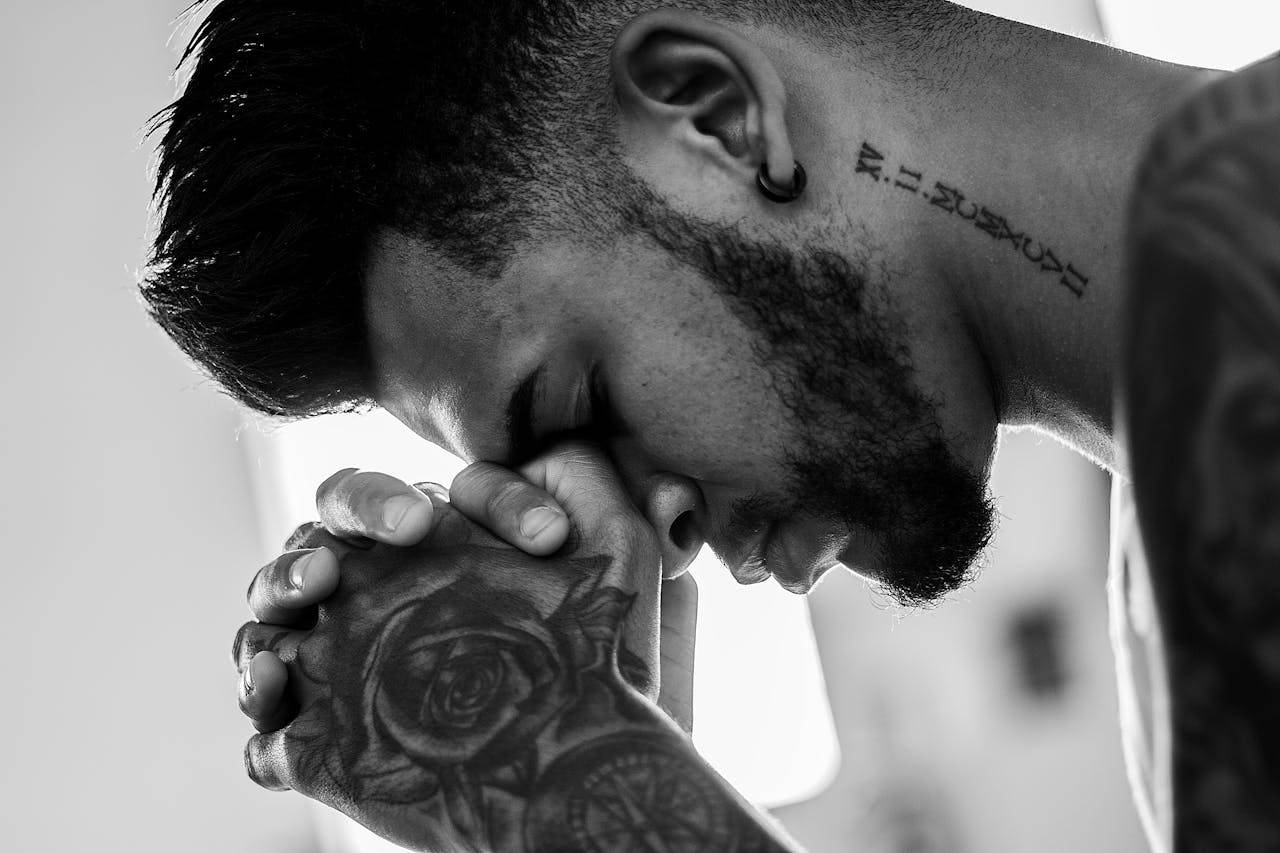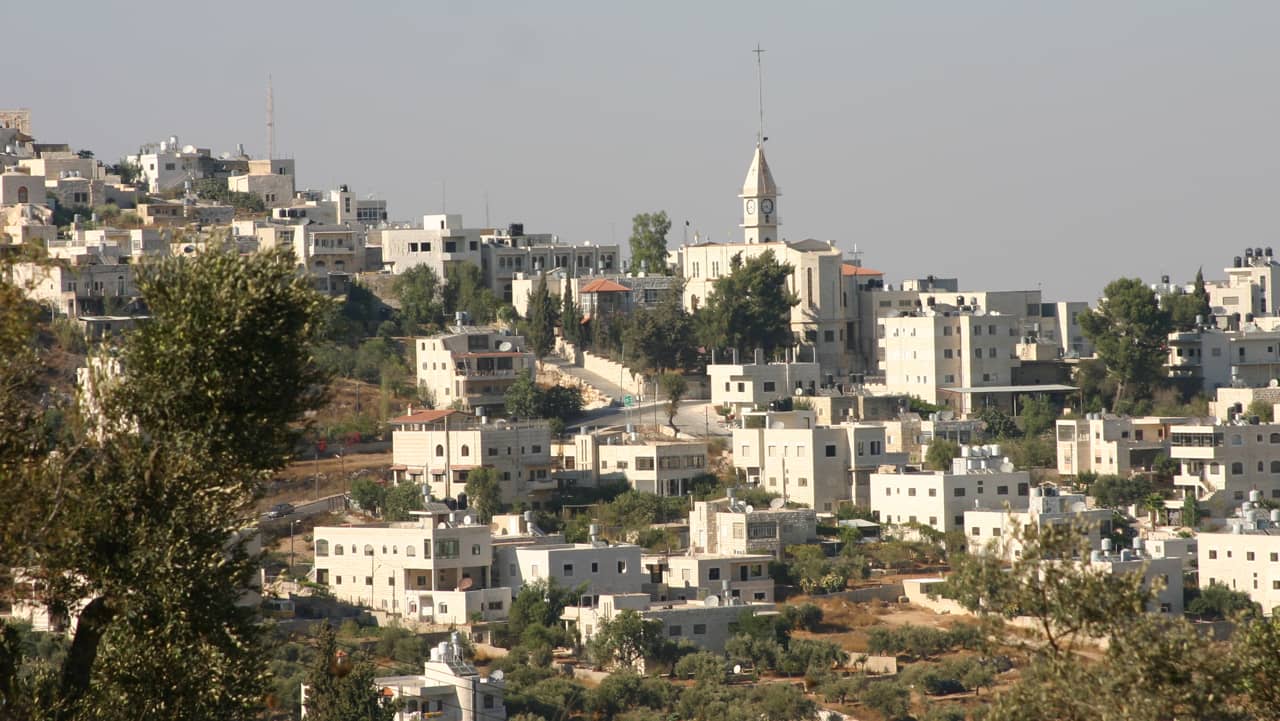ROME — For most people, the weekend is a time to power down and relax. Not so, however, with Pope Francis, who legendarily has no “off” switch, and who spent his weekend entering the parallel universe of Instagram, ordaining two new bishops, and celebrating a large open-air Mass on Palm Sunday marking the beginning of Holy Week.
Although that’s what the world saw, none of that was even the most important thing Pope Francis likely did this weekend. While it hasn’t been confirmed by the Vatican — or, for that matter denied — it’s widely believed that on Saturday, as the Catholic Church celebrated the feast of St. Joseph, the pontiff put his signature on a highly-anticipated document on the family.
Known as an “apostolic exhortation,” the document will be the closing act of a two-year series of Synods of Bishops on the family.
Contradictory signals in recent weeks make the document hard to predict, with long-time Vatican watchers left and right offering opposing forecasts regarding at least one hot-button issue: Will Francis signal an openness toward divorced and re-married Catholics who currently can’t receive Communion?
Finalizing such a contentious document alone would be a heck of a weekend project, but that’s hardly all Francis had on his plate.
New bishops
On Saturday morning, the pope ordained two new prelates: American Archbishop Peter Wells, named Feb. 13 as the new Apostolic Nuncio to South Africa, Botswana, Lesotho, and Namibia; and Spanish Archbishop Miguel Ángel Ayuso Guixot, secretary for the Pontifical Council for Interreligious Dialogue.
With Wells leaving Rome, Anglo-Saxons lose the man who’s long been their “go-to guy” in the Holy See, serving as the No. 3 official in the Secretariat of State since 2009.
Neither Wells nor Ayuso will have their own specific flock to govern, since they haven’t been appointed to a diocese, but rather to an embassy in the first case and Church government in the second.
“Do not forget,” Francis said in his homily, “that the first duty of the bishop is prayer … the second duty, the proclamation of the Word.” Everything else follows, he added, underlining that a bishop who doesn’t pray can’t do anything else.
Bishop Edward Slattery, from Tulsa, Oklahoma, Wells’ diocese, flew to Rome for the ordination. When Slattery was assigned to the diocese in 1994, they worked closely together, with Wells becoming the bishop’s personal secretary.
“I realized he had an enormous talent and love for the Church,” Slattery said. “Well, I wasn’t the only one who knew this!” A year after being appointed to Tulsa, the bishop got a letter from the Vatican requesting he send Wells to Rome, but he declined.
“I thought they’d forget about him, but they didn’t,” he said. A year later, he got a similar letter, and couldn’t say no a second time.
“I knew he was never coming back,” he said.
A social media pope
Soon after the Mass ended, the pontiff met for the second time in less than a month with Kevin Systrom, founder of the social network Instagram, who helped the pope post his first picture as @Franciscus, Latin for “Francis.”
The pope has praised technology, saying that used wisely, “e-mails, text messages, social networks and chats,” can be “fully human forms of communication.”
But Francis, who has admitted he doesn’t know how to operate a computer, has also stressed the importance of face-to-face interactions, saying that “a family that hardly ever eats together, or that does not talk at the table but watches television, or looks at a smartphone, is a ‘barely familial’ family.”
“When the children are attached to the computer and the telephone at the table, and don’t listen to one another, this isn’t family, it’s a hostel!” he said at a Wednesday audience.
Although he didn’t “break the internet” Kardashian-style, Francis’ attempt to reach even more people through social media didn’t go unnoticed: In less than 12 hours, he crossed the 1 million followers mark on Instagram, becoming the fastest ever to do so. The record was previously held by British soccer player David Beckham, who needed a day to reach the mark when he joined in 2015.
Instagram has an estimated 300 million monthly active users, with an average of 70 million photos uploaded per day.
“Instagram will help recount the papacy through images, to enable all those who wish to accompany and know more about Pope Francis’ pontificate to encounter his gestures of tenderness and mercy,” said the Rev. Dario E. Viganò, prefect of the Secretariat for Communications, the office running the pope’s account.
Francis’ first post was a picture of himself kneeling down in prayer, and he asked others to pray for him in nine different languages.
Even if he did share his first Instagram picture himself by clicking the post button, as Benedict XVI did when he became the first pope to use Twitter, Francis doesn’t spend his days thinking what his next update will be nor does he spend hours trying to get the perfect selfie.
He does, however, approve each one of them.
Talking at the presentation of the app “Click to Pray” earlier in the month, Argentine Monsignor Lucio Adrian Ruiz, the Vatican’s webmaster and secretary of the Communications office, explained that every tweet sent out from the pope’s account (@Pontifex) is taken from speeches he’s delivered, handed to him for green-lighting and then translated to be published in eight languages.
In his own photo upload, Systrom defined watching Francis post his first photo as an “incredible” moment.
(Having the owner of a company valued at $35 billion teaching you to how to use his creation is hard to beat, but for those who want to join the platform to keep up with all-things Francis, here’s a WikiHow that makes it pretty clear.)
Preview of the papal Holy Week
On Sunday, in a packed St. Peter’s Square, Francis celebrated the Palm Sunday liturgy, marking the beginning of Holy Week, the solemn period leading to Easter.
Like Catholic priests around the world, he began the ceremony by blessing palms and olive branches to commemorate Jesus’ triumphant entrance to Jerusalem only days before his Passion.
Diverting from his prepared remarks, the pope drew a parallel between Jesus being abandoned to his fate and European countries that are refusing to help the more than 1 million immigrants that have fled to Europe seeking refuge from persecution, war, and hunger in Iraq, Syria, and northern Africa.
Jesus was “denied every justice,” the pope said. “Jesus also suffered on his own skin indifference, because no one wanted to take on the responsibility for his destiny.”
“I am thinking of so many other people, so many marginalized people, so many asylum seekers, so many refugees,” Francis said. “There are so many who don’t want to take responsibility for their destiny.”
Sunday’s remarks were the second time in a week that Francis went off-script to make a plea in favor of the immigrants and refugees reaching European shores.
“How many of our brothers are living at this time a real and dramatic situation in exile, far from their countries, still in their eyes the reflection of their homes reduced to rubble, their hearts full of fear, and often, unfortunately, sorrow at the loss of their loved ones!” Francis had said in his Wednesday audience.
The pope lamented that when they try to go some place else, immigrants often find doors closed to them.
“There they are, at the border, because so many doors and so many hearts are closed,” he said. “Today’s migrants suffer from the cold, without food, and with no way to enter. They don’t feel welcome.”
Similar pleas in favor of immigrants are bound to come throughout Holy Week from Francis, who made it clear from early on that this is his key social concern for 2016, as human trafficking was in 2014 and the protection of the environment was in 2015.
On Thursday, for instance, he’ll commemorate the Last Supper by celebrating the evening Mass at a center for refugees in Rome.
















